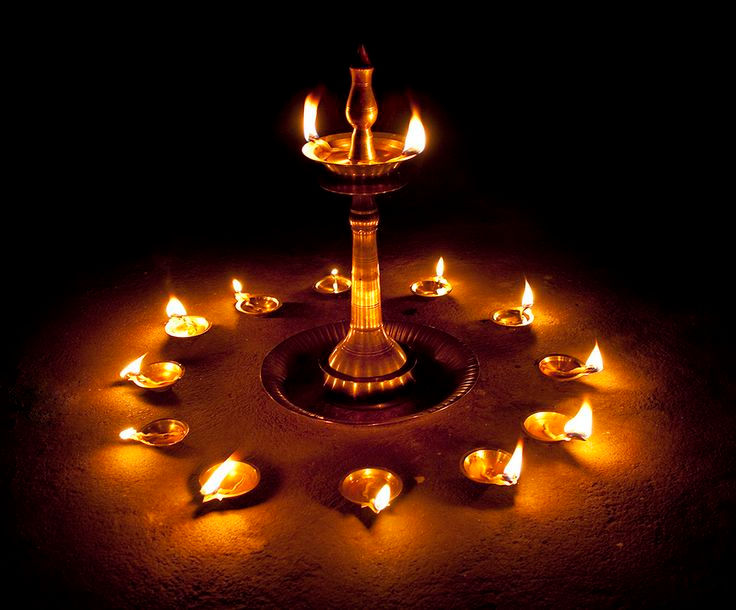Symbolism: What’s in a thread?
- Sidharth Kaw
- Jul 29, 2020
- 3 min read
Updated: Aug 28, 2023
Across the world, sisters are tying a rakhi on their brothers to signify their love for one another and the promise of protection on the occasion of Raksha Bandhan. Occurring on the full moon (Pūrṇimā) of the month Śrāvaṇa during the bright lunar fortnight (shukla paksha), this day has significance in our ancient stories as well as a modern adaptation.

In Sanskrit, raksha means protection and bandhanam means bondage. Thus, raksha bandhanam implies a bond of protection. This concept has several stories tied to it.
Lord Indra
One story mentions Lord Indra, challenged by demons and unable to overcome their might. As he was leaving for battle, Indra’s wife as well as Brihaspati (guru and Vedic sage to the Devas), suggested tying a sacred pouch (raksha potali) to him during the auspicious day of Śrāvaṇa Pūrṇimā. The legend is that the power attained helped Lord Indra achieve victory and promoted the idea that the rakhi protects and empowers the one who it adorns.
Mahabharata
During the great epic Mahabharata, Lord Krishna suggested Yudhishthira tie a rakhi for his protection and victory during the great war. Earlier in the epic, Draupadi (wife to the Pandavas) also ties a strip of her own cloth to Lord Krishna’s bleeding hand after he uses his celestial weapon (sudarshana chakra). Krishna thus blesses Draupadi with his divine protection.
Upanayana and Upākarma
In terms of practice, Śrāvaṇa Pūrṇimā is the day that Hindus who wear the sacred thread (i.e. yajñopavītam or upavīta) change it for a new one or even wear it for the first time if going through the rite (saṃskāra) of Upanayana. Historically practiced by birth into certain castes, it is important to note that Lord Krishna reminds us in the Bhagavad Gita that no such birth-right exists and one's past karma and gunas (3 basic qualities of this world) simply need to point towards the divine. Therefore, any Hindu can perform this ritual which has become more common practice. Even women perform this ritual in modern times. The significance is a student entering education. Śrāvaṇa Pūrṇimā is the annual date for which many perform the saṃskāra, or when they change their threads annually to new ones. The annual change of thread is referred to as Upākarma, a vedic ritual.
Date
As for what time of day to tie the rakhi, according to Hindu tradition, a specific auspicious time must be selected (muharat) and in this case must occur when ‘bhadra’ is over. For details on this, please visit Drik Panchang (make sure to select your specific location). Please note, your location has an implication on which date this occurs as well because the exact moment a full moon cycle starts when facing Earth is the same but due to numerous time zones will be a different time and day.
Regional Celebrations
Celebration and importance of this day varies across the different regions of India. For example, Maharashtrians know this day as Narali Purnima; Tamilians as Avani Avittam; Telugus as Jandhyala Purnima. As mentioned, other regions refer to this day (generally coinciding with Śrāvaṇa Pūrṇimā) as Upakarma day. It is also considered auspicious to perform the Satyanarayana Puja on this day.
Sacred Bond of Love and Support
In modern times, Raksha Bandhan bonds not only siblings, but all those who consider themselves to have a close relationship (much like Lord Krishna and Draupadi). The exchange usually involves the sister tying the thread on her brother and the brother providing a gift in return.
However, even these gender roles are commonly loosened with the greater importance placed on the higher message. So on this day, whether it be Raksha Bandhan, Upakarma, or simply a recognition of your sacred bond with one another, remember the greater message of love and support.




